If you are looking wholesale lighting solutions, click here.
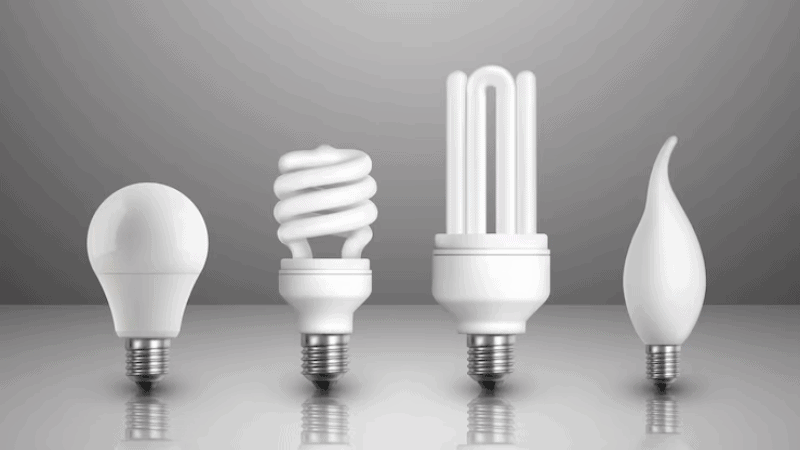
The E26 base is the most common standard used across North America for residential and commercial lighting. But what exactly does “E26” mean, and why is it such a big deal?
This guide walks you through everything detailed about E26 bulbs, including their use, sizes, compatibility, etc. Importantly, there is everything you want to know for your business, and any question that you are worried about or hesitant.
The term “E26” is two simple elements combined into a name. “E” refers to Edison Screw, named after Thomas Edison, the originator of the screw-type base when electric lighting was still in its early stages.
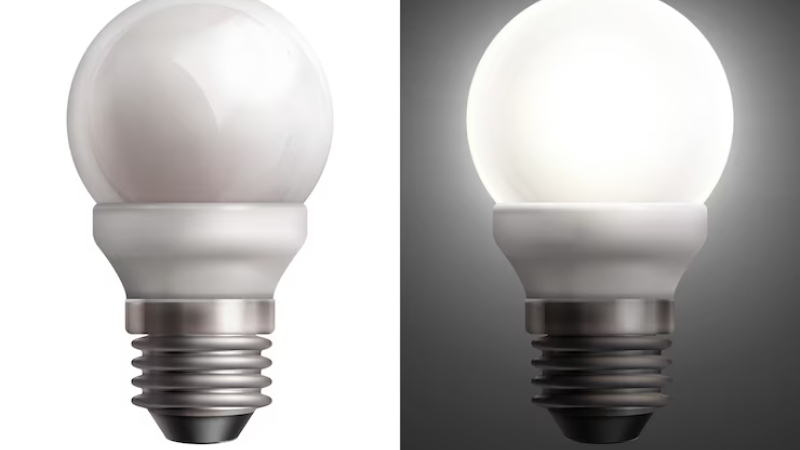
Since then, this screw-type base has been utilised across the globe as a standard agreed upon by everyone, which adds to its widespread acceptance.
The “26” is the base diameter in millimeters. Yes, that’s right—the base of an E26 bulb is 26 millimeters in diameter, or roughly one inch. You can also call it a Medium Edison Screw (MES).
An E26 bulb is identified immediately by its familiar shape. It will have a bulb or warm glass cap and a metal threaded base. It is screwed into sockets in a normal clockwise direction.
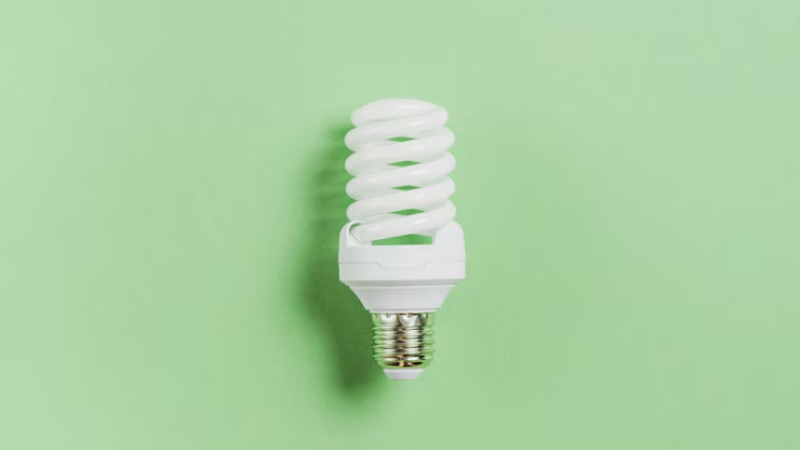
Most E26 bulbs will have some sort of marking on or near the base or on the box. It is more convenient for consumers to be able to determine whether the bulb is suitable for their fixtures.
The E26 base itself is threaded for electric connection and has a small, rounded tip on the bottom that makes contact with the centre terminal in the socket.
It’s important to understand that E26 refers to the base, not the shape or size of the bulb. Many different types of bulbs can have an E26 base.
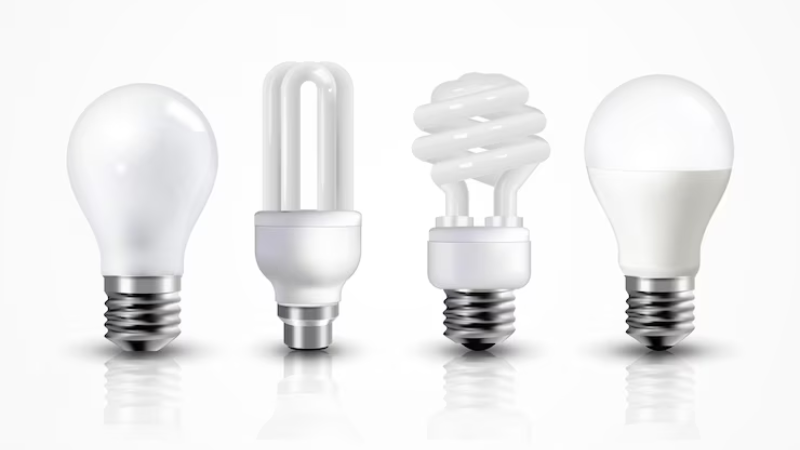
Here are the most common types you’ll access:
This variety gives homeowners and designers massive flexibility. Whether you’re after soft ambient lighting or sharp directional illumination, you’ll likely find an E26 base bulb to match the task.
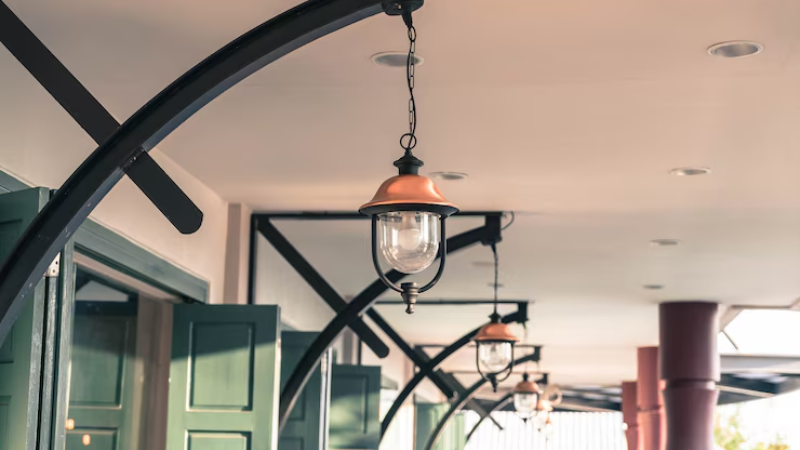
The server of an E26 bulb is beautifully simple. The installation is simply screwing the bulb into a proper socket. When you switch it on, the metal threads at the base nest up against the sides of the socket to create the neutral path.
The small metal contact on the base tip nests up onto the socket’s centre point to create the hot path. These two contact points allow electricity to travel through the bulb. Current travels through a filament (for incandescent bulbs) or semiconductor diode (for LEDs) to create light.
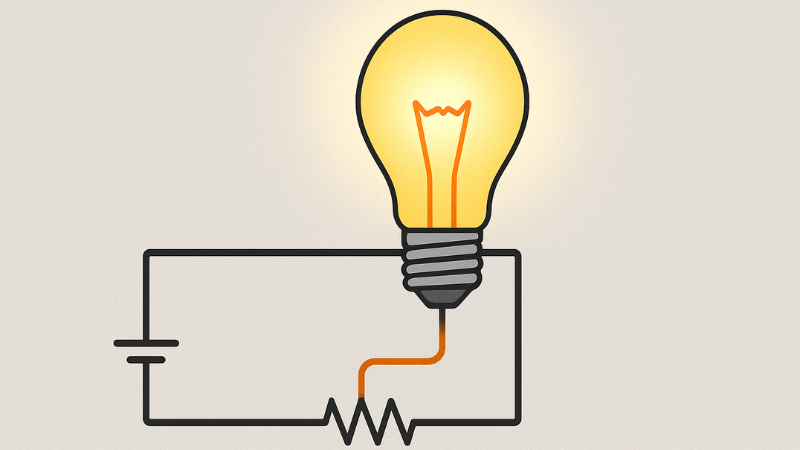
This is probably one of the most frequently asked questions, and it’s not surprising that E26 and E27 bulbs are quite similar. The naming is by base diameter in millimetres—26mm and 27mm, respectively. This tiny 1mm difference is usually not significant when thinking about functional compatibility.
The two are, however, used extensively elsewhere:
E26 bulbs are primarily used in North America and operate on 120 volts.
E27 bulbs are used in Europe and other regions operating on 220–240 volts.
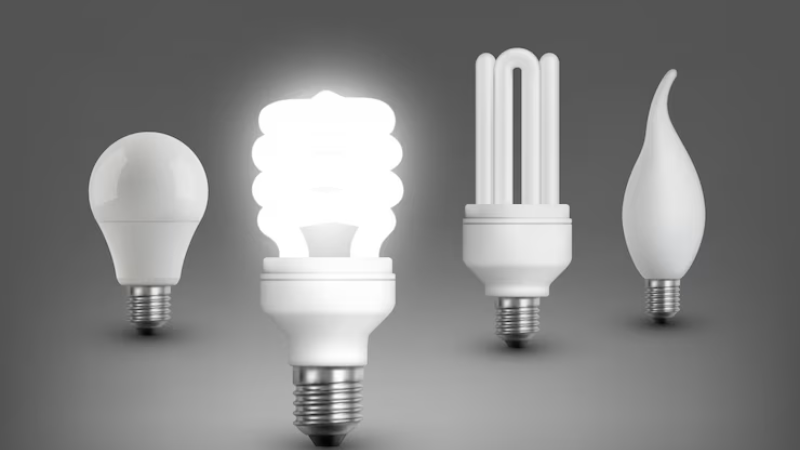
The threading is nearly identical, so E26 bulbs can be used in E27 sockets, and vice versa. However, it’s always best to verify voltage compatibility andthe Color rendering indexto avoid electrical issues. Most LEDs can be replaced in most situations.
A quick compatibility chart can help:
| Feature | E26 (USA/Japan) | E27 (Europe) |
|---|---|---|
| Voltage | 120V | 220–240V |
| Base Diameter | 26mm | 27mm |
| Interchangeable? | Often yes | Often yes |
Due to their versatility and perfect light distribution, E26 light bulbs are applied in numerous applications that you can access, both for residential and commercial use.
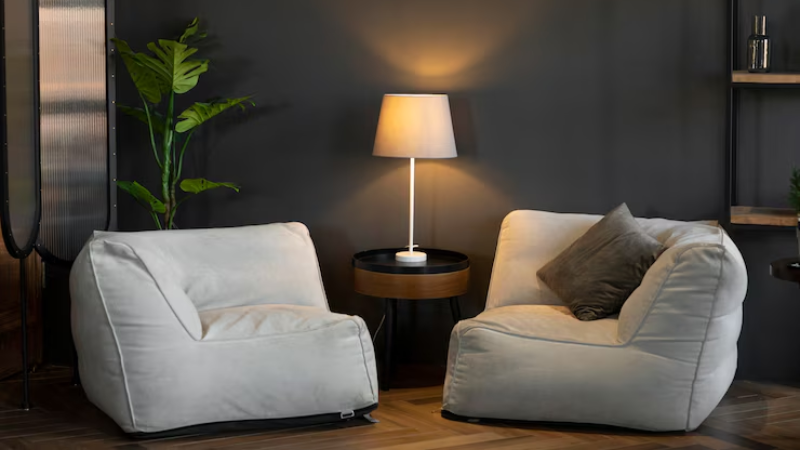
You can find E26 bulbs in numerous applications, usually in:
Their prevalence in North America ensures that nearly any stock light you can buy at a local hardware store is compatible with the E26 base bulb. It’s the default standard for general illumination.
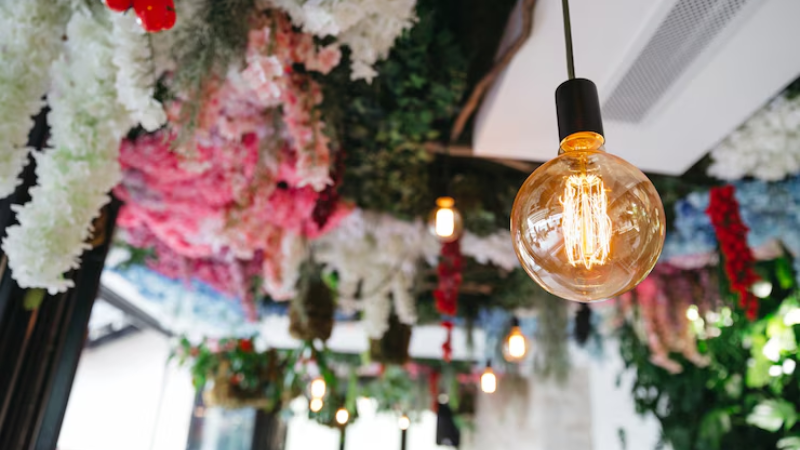
There are many reasons why the E26 base is still everywhere in the lighting industry.
First and most clearly, E26 bulbs are simple to install—just screw them in, and you’re finished. They’re also readily available in many forms, from energy-efficient LEDs to common incandescents to long-life CFLs. Select wisely between LED bulbs and incandescent bulbs for commercial purposes.
Their worldwide popularity means that it’s unlikely you’ll have to hunt down speciality converters or sockets. You can use the same fixture to support various bulb shapes and lighting technologies.
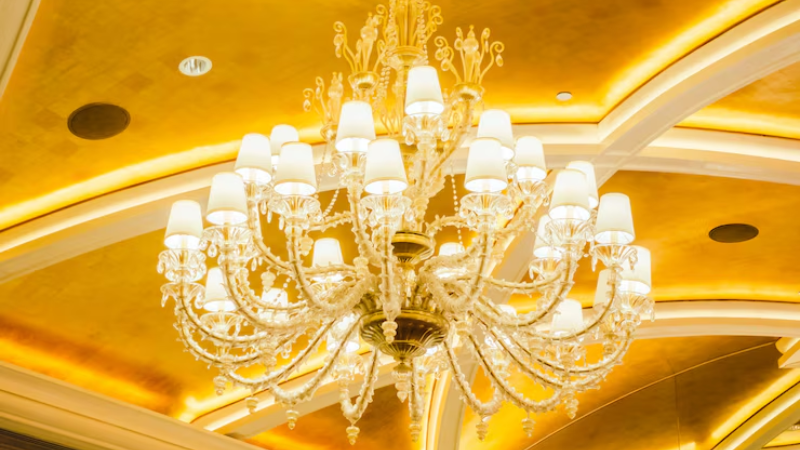
E26 bases conform to the international standard IEC 7004-21A-2, which stipulates the technical dimensions and electrical characteristics of the Edison screw.
The technical dimensions of an E26 base are as follows:
These requirements ensure consistency across manufacturers, so you can count on an E26 bulb from one manufacturer to fit tightly into a socket from another manufacturer.
For those interested in viewing more technical data, engineering drawings of E26 bases are available in lighting standards publications and can provide accurate tolerances.

Because they’re so common, E26 bulbs are available at almost any hardware store and lighting store.
If you’re going to need to supply a whole building or multiple stores, it’s well worth approaching suppliers directly to arrange E26 base bulbs on bulk rates. Most will be more than happy to do this for larger projects.
Options include:
Wholesale bulk and high-volume distributors like Risuncorp.
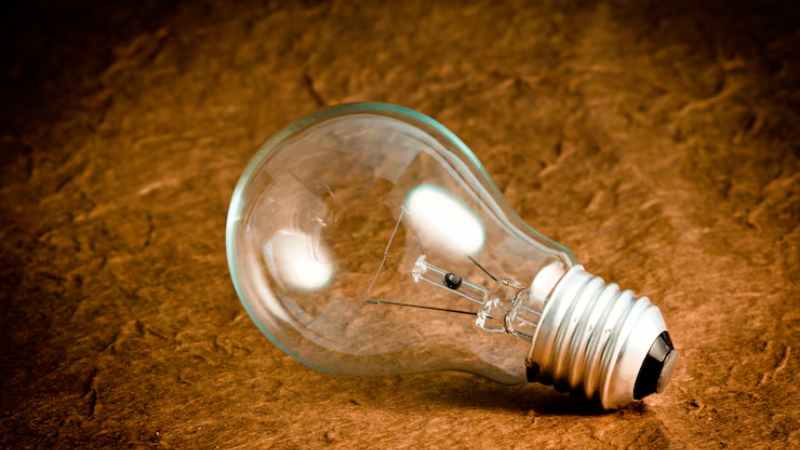
When purchasing E26 bulbs, carefully review their benefits and features. Apart from this, the seller you choose can make a significant difference in terms of quality, reliability, and overall satisfaction in the long run. Here are some tips to assist you in selecting a reliable supplier:
Ensure the bulbs meet industry safety and efficiency standards such as UL, ETL, or Energy Star. Reputable B2B suppliers will prominently display these certifications in product documentation or technical datasheets.
Review case studies, testimonials, and verified B2B ratings. Look for feedback on product lifespan, lumen output, batch consistency, and after-sales support—all vital factors for large-scale deployment.
Partner with suppliers offering clear, flexible return policies and robust warranty coverage, especially for bulk orders or ongoing supply agreements. This mitigates risk and ensures operational continuity.
It’s referring to the Edison screw base of the bulb, which is 26mm diameter. It’s the American standard base shape.
No, but close. E26 is the base, and A19 is the shape of the bulb. Most A19 bulbs are built on an E26 base, making them suitable for various fixtures.
Not usually. Europe employs E27 bulbs that are very similar but rated for 220–240V. Voltage-compatible E26 LEDs might possibly work.
No. Most LED and incandescent E26 bulbs can be dimmed, but always verify the product description before employing them with a dimmer.
There is no standardised wattage—E26 only references the base type. Look for E26 bulbs ranging from as low as 4W (LED) up to 100W+ (incandescent).
If you’re looking for standard lighting solutions, E26 bulbs are a highly compatible choice. E26 bulbs will fit just about any fixture and are easy to install, come in all manner of light output, color temperature, and shape imaginable.
From relaxation in bed to lighting up kitchen work and outdoor security, the E26 base provides up reliability and versatility in a way like no other.
At Risuncorp, we’re dedicated to delivering dependable and high-efficiency lighting components, including a variety of bulb bases, LED drivers, lamp holders, and smart lighting modules. Reach out today to explore how we can tailor a lighting solution that works for your business.
Comprehensive Lighting Solutions for MRO Wholesalers and Professionals
send your inquiry
Hi, I'm the author of this post, and I have been in this field for more than 15 years. If you want to wholesale lighting fixtures or lighting related product, feel free to ask me any questions.
Learn More >>Download our catalog to view all of our lighting products.
Ready to get started ?
Send Your InquiryOur team will get back to you promptly

please
download
Get notified about new products
Our team will get back to you promptly!
Add your first comment to this post